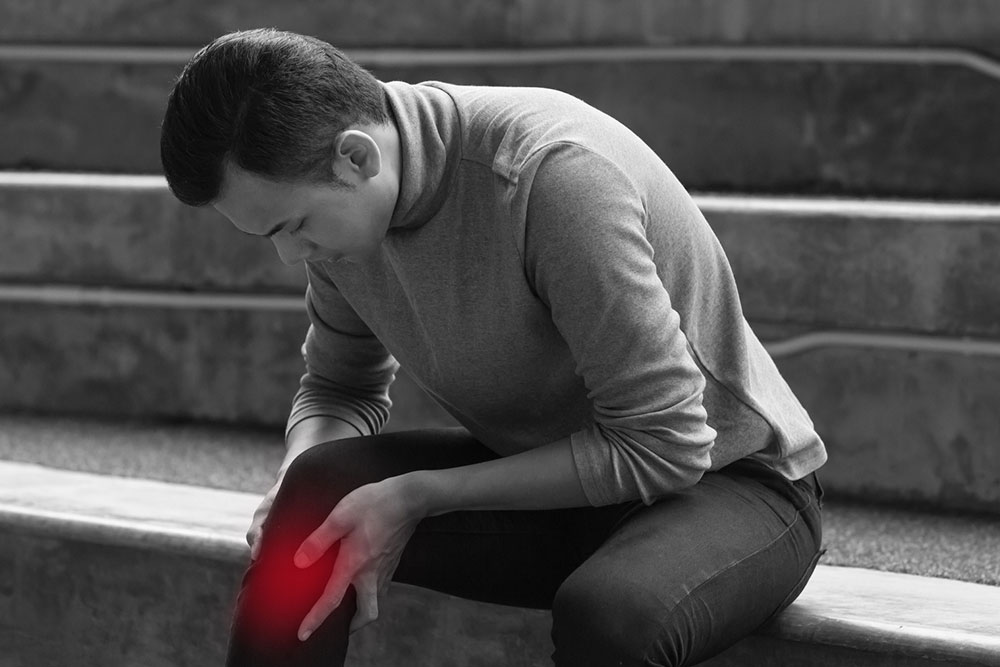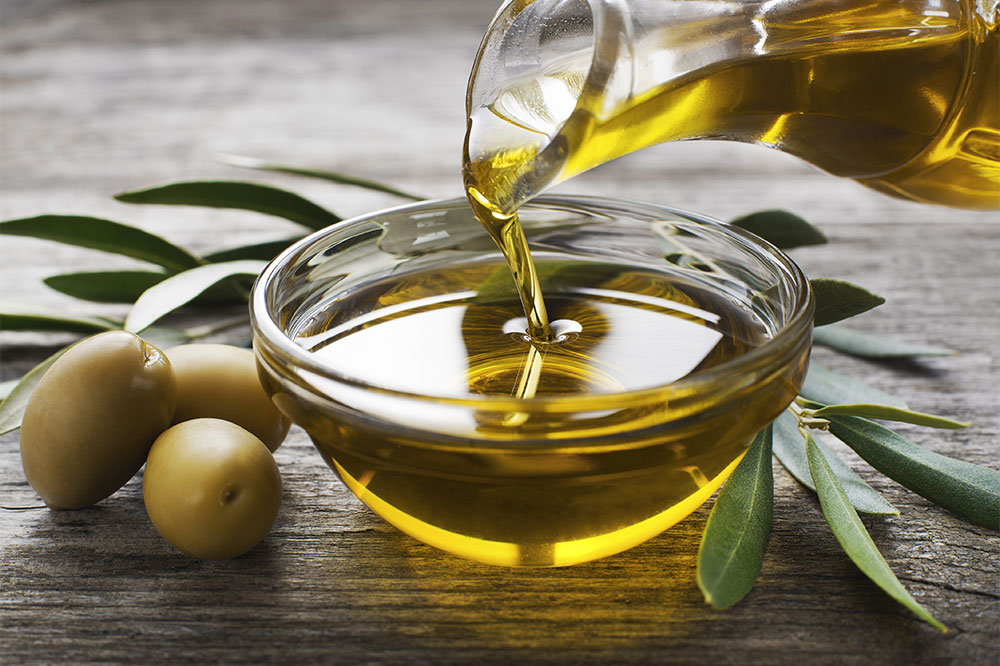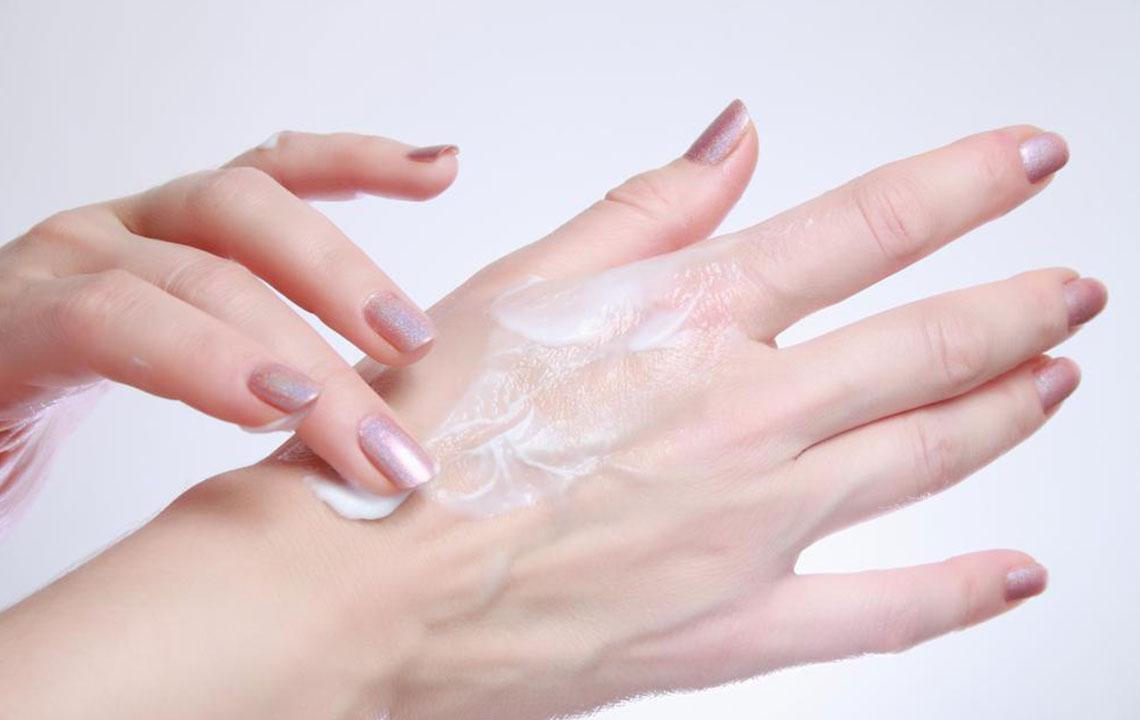Understanding Joint Discomfort: Causes and Effective Treatment Methods
Discover the causes of joint discomfort and explore effective treatments from natural remedies to medical options. Learn how lifestyle changes, therapy, and injections can relieve pain and improve joint health. This comprehensive guide offers valuable insights for managing joint issues and returning to an active lifestyle with minimal discomfort.

Understanding Joint Discomfort: Causes and Effective Treatment Methods
Joints in the human body serve as sophisticated structures that endure significant stress daily. They connect bones, support body weight, and enable movement. Continuous use can lead to wear, injuries, and damage, resulting in pain, stiffness, and limited motion.
Statistics indicate that over 30 million adults suffer from joint discomfort, which can hinder daily tasks, sports, and recreational activities. Severe cases may impact careers and overall quality of life.
Various treatment options are available depending on the cause, severity, and resources. These include medication, injections, dietary adjustments, alternative therapies, massage, yoga, chiropractic care, surgical procedures, or lifestyle modifications.
Common Causes of Joint Discomfort
Inflammation
Infections such as arthritis or chikungunya
Aging and natural deterioration
Trauma and injuries
Nerve damage
Poor posture
Overusing certain joints
Sedentary lifestyles and lack of activity
Excess body weight
Autoimmune conditions
Cartilage breakdown in knees
Hypothyroidism
Rheumatic fever
Dislocations and sprains
Bursitis
Natural remedies and medications can provide quick relief from joint discomfort. Mild symptoms caused by injuries may respond to OTC medications or antibiotics, while lifestyle adjustments like exercise and weight management can alleviate other causes.
Home and Natural Remedies
Epsom salt baths, hot/cold packs, and essential oils such as peppermint or eucalyptus can ease symptoms.
Hydrotherapy, involving warm baths and gentle massage, improves blood flow and reduces pain.
Professional massage therapy or self-massage with proper techniques and topical pain relievers can be beneficial.
Medications for Pain Relief
OTC options like aspirin, acetaminophen, and NSAIDs (e.g., ibuprofen) offer quick relief but should not be used long-term without medical advice. Persistent pain warrants medical diagnosis.
Prescription drugs such as corticosteroids, opioids, antidepressants, and anticonvulsants can also provide immediate relief.
Hospitals may utilize patient-controlled analgesia for personalized pain management.
Topical Pain Relievers
Creams, gels, patches, and sprays containing medications like diclofenac or salicylates are used for localized relief, especially suited for seniors or those with other health issues.
Lifestyle Adjustments
Reducing weight can lessen joint stress and improve pain outcomes.
Addressing smoking, inactivity, poor sleep, and repetitive strain at work through behavioral changes helps prevent further damage.
Alternative Therapies
Practices like acupuncture, yoga, meditation, Tai Chi, and Ayurvedic treatments, when guided by trained professionals, can effectively reduce joint discomfort when used regularly.
Rest and Joint Support
Resting the affected joints allows recovery and healing.
Immobilization methods like splints or braces are helpful for injuries, fractures, or joint pains related to sports.
Injections for Rapid Relief
Specialized injections such as corticosteroids for osteoarthritis or hyaluronic acid for joint lubrication are common methods for swift pain reduction.
Platelet-rich plasma (PRP) injections utilize the patient’s blood to promote healing but can be cost-prohibitive.
Emerging treatments like placental tissue matrix injections offer quick relief but are expensive and not widely covered by insurance.










